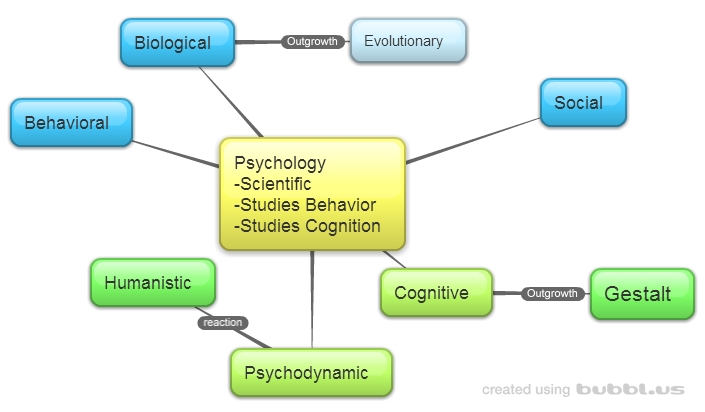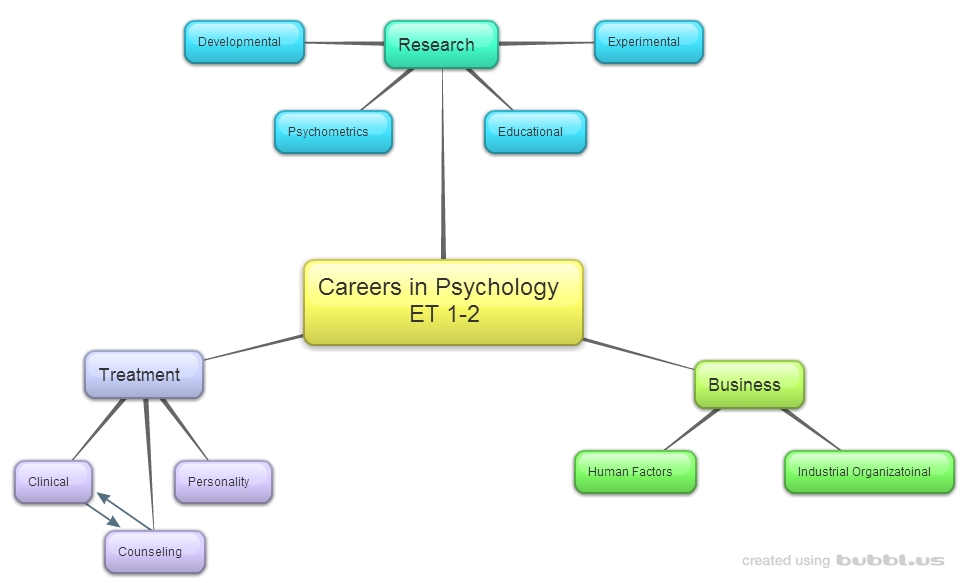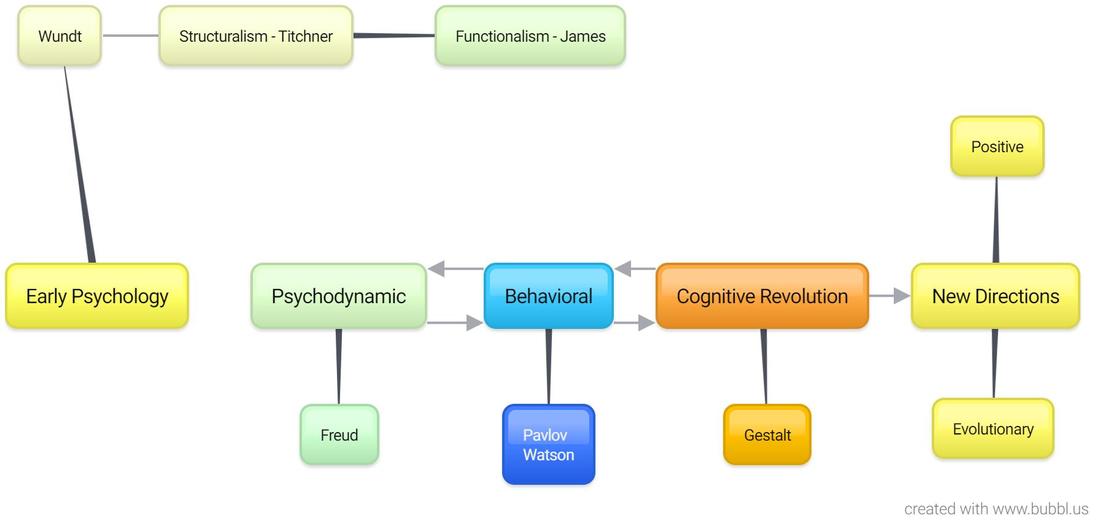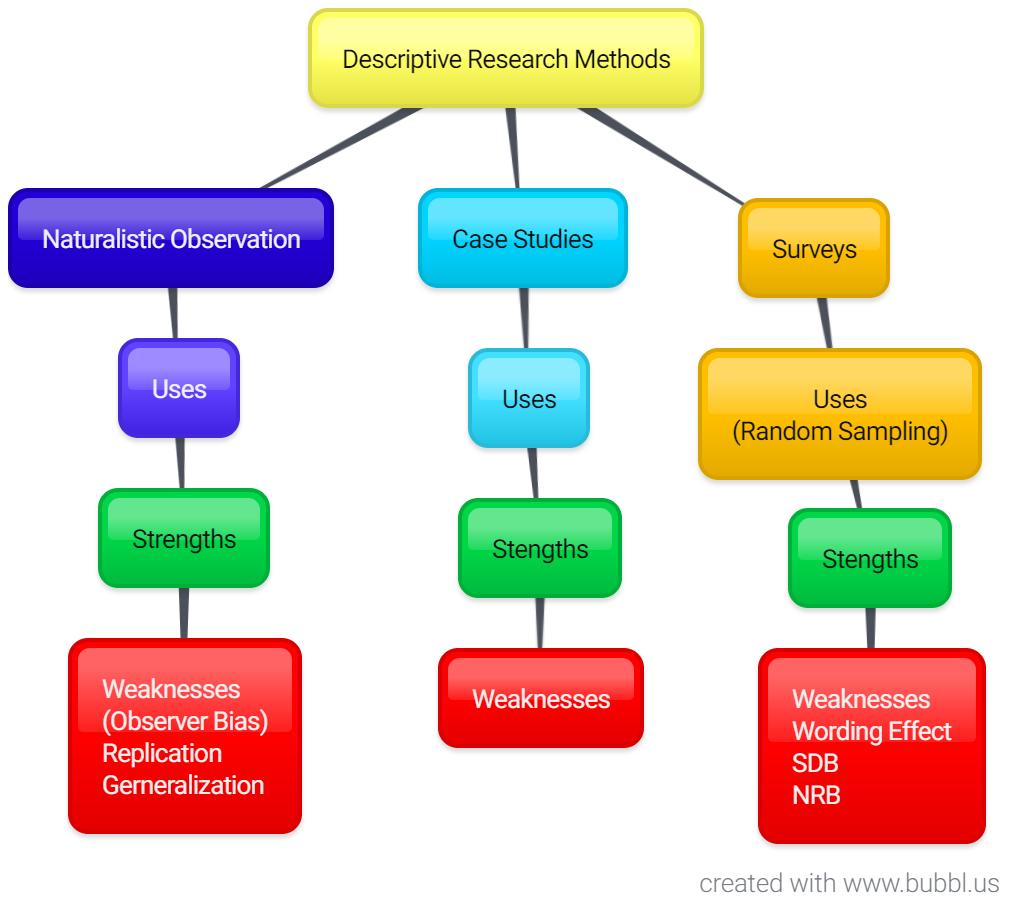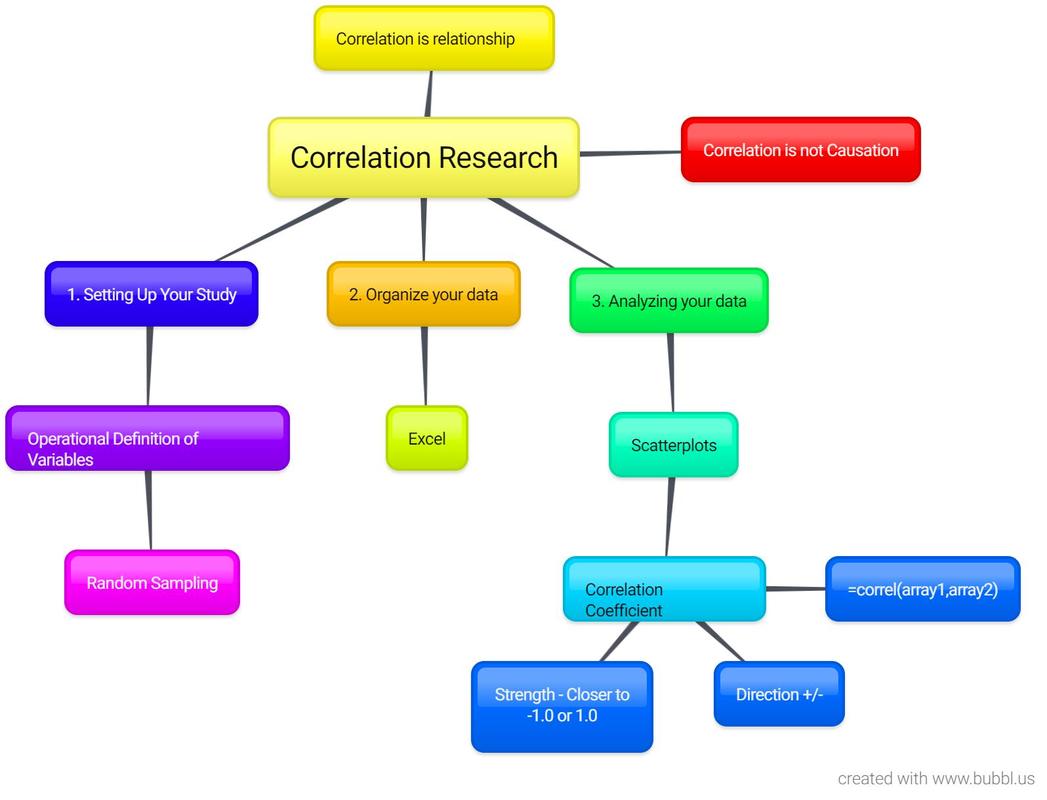Unit 3: Science of Psychology - AP Psychology Syllabus and Calendar
ET 3-1 Approaches Resources:
|
Essential Task 3-1. Describe, compare, and contrast how different approaches to psychology explain behavior:
- psychoanalytic/psychodynamic, Gestalt, humanism and behaviorism - cognitive, biological, evolutionary, and social as more contemporary approaches |
ET 3-2 Careers Resources:
|
Essential Task 3-2. Distinguish the different careers in psychology (clinical, counseling, developmental, educational, experimental, human factors, industrial-organizational, personality, and psychometric)
|
ET 3-3 Growth of Psych Resources:
|
Essential Task 3-3. Trace the growth of psychology with specific attention to structuralism and functionalism in the early years.
|
ET 3-4 Research Methods Resources:
|
Essential Task 3-4. Differentiate types of research with regard to purpose, strengths, and weaknesses
- Descriptive Research: Case Studies, Naturalistic Observation and Surveys - Correlational Research - Experimental Research |
ET 3-5 Descriptive Research Resources:
|
Essential Task 3-5. Describe descriptive research studies taking into account random sampling, wording-effect and applicable biases.
|
ET 3-6 Statistics Resources:
|
Essential Task 3-6. Apply basic statistical concepts to explain research findings using descriptive statistics: Central Tendency (mean, median, mode, skewed distributions) and Variance (range standard deviation and normal distributions.)
|
ET 3-7 Correlation Resources:
|
Essential Task 3-7. Describe a correlational research study taking into account operational definitions, random sampling, correlational coefficient, and scatter-plots.
|
ET 3-8 Experimental Research Resources:
|
Essential Task 3-8. Describe experimental research design taking into account operational definitions, independent/dependent variables, confounding variables, control/experimental groups, random assignment of participants, single/double blind procedures, demand characteristics, and applicable biases.
|
ET 3-9 Statistics Resources:
|
Essential Task 3-9. Apply basic statistical concepts to explain research findings using inferential statistics (t-test and p-value).
|
ET 3-10 Ethical Guidelines Resources:
|
Essential Task 3-10. Identify the APA ethical guidelines and identify how they inform and constrain research practices.
|
Helpful Links
Kahoot review game for this unit.
Correlation is not Causation - Would someone tell the media! Here is a list of articles that get this a bit confused.
Schools of Psychology Quiz from AP Psych Commune
Research Methods Quiz from AP Psych Commune
Correlation is not Causation - Would someone tell the media! Here is a list of articles that get this a bit confused.
Schools of Psychology Quiz from AP Psych Commune
Research Methods Quiz from AP Psych Commune
